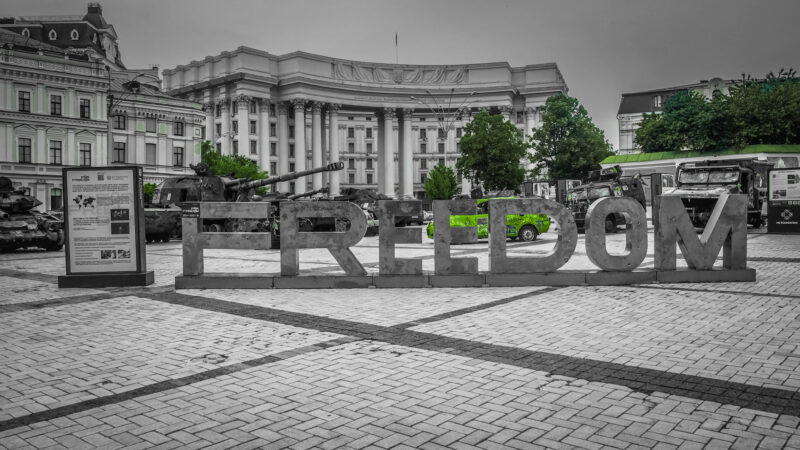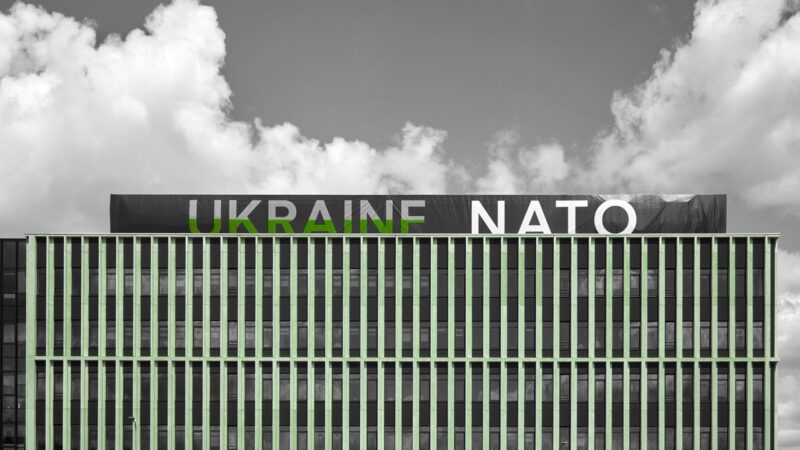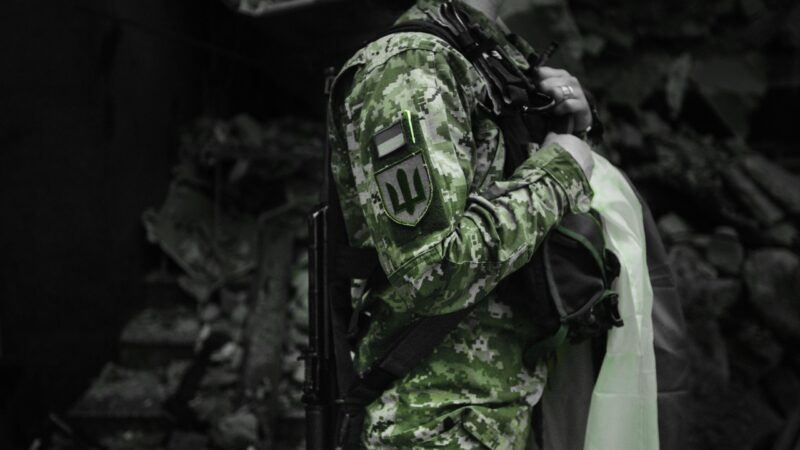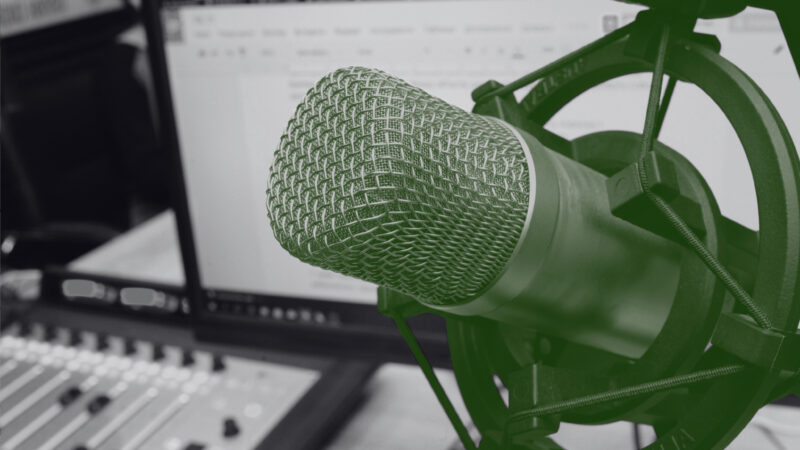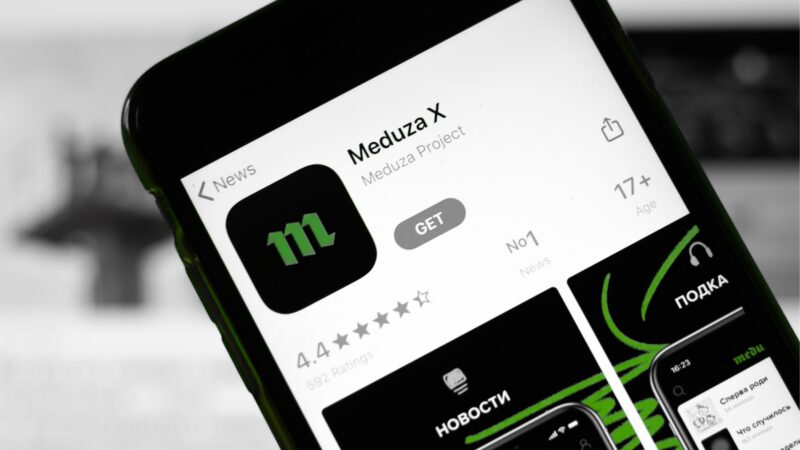Putin the historian: Russian disinformation narratives around Ukraine
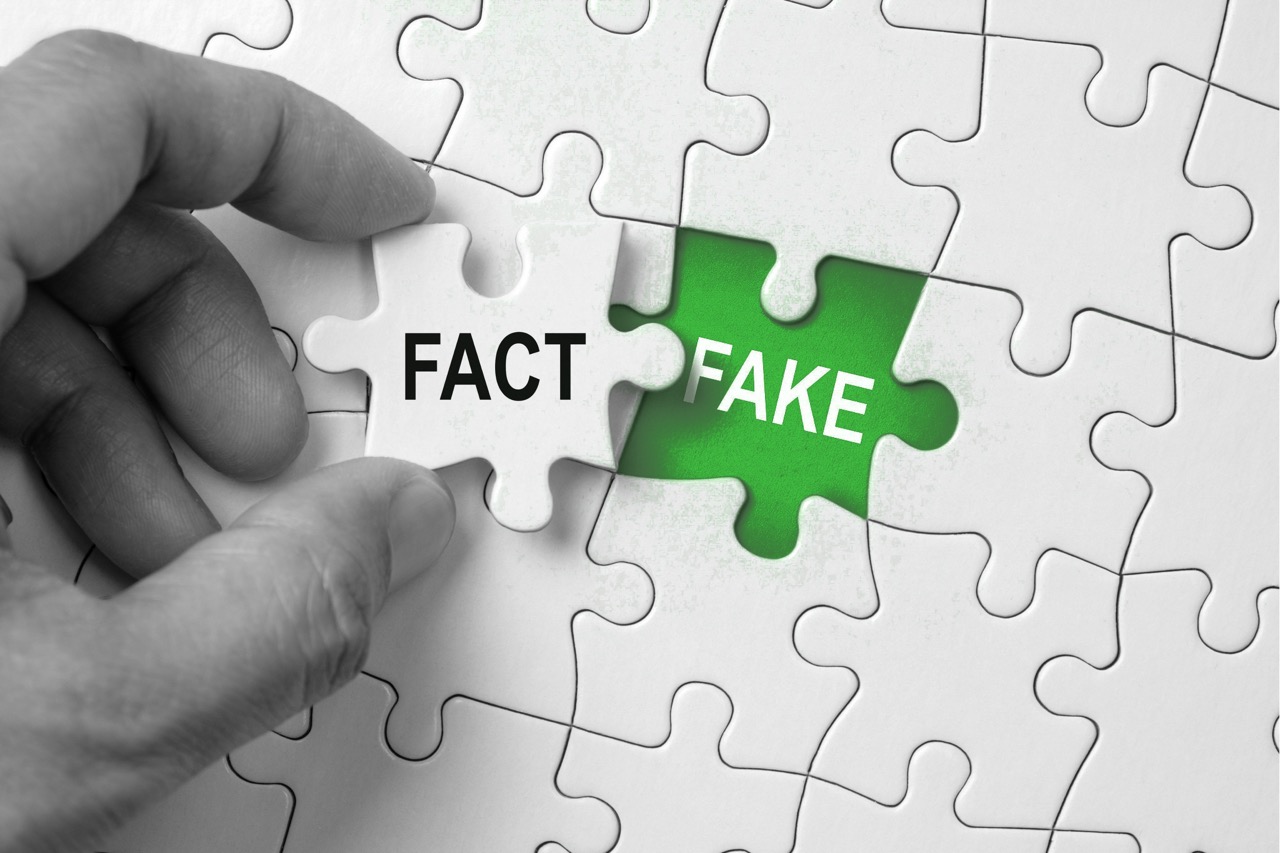
Narrative as a form of Mass Consciousness Manipulation
The current boom in the spread of disinformation is endangering the existence of states and nations. Understanding how that manipulation works through narratives is necessary to comprehend the complexity of the issue and the fact that it may not only refer to a specific event. History can also become an object of such manipulation, which is dangerous to societies because history is at the foundation of other informational processes. To examine how the Russian disinformation machine works, it is worth paying attention to its most prevalent form—the narrative, which is one of the main structural elements of Russian propaganda. What is it exactly, and what is its power?
Politicians only care about the past to the extent that it allows them to achieve current domestic and foreign policy goals. When discussing the concept of a narrative, we must be aware that it is not necessarily based on facts or scientific data. A historical narrative is an interpretation of events, and proposed guidance for understanding reality (specifically, the past), but it is not reality (or the past) itself. Accordingly, different interpretations are not actually attempts to understand how the events in the past truly occurred or what the present reality is. Thus, a historical event used for a political or ideological purpose inevitably changes, turning into a mythologized construct that exists only within a certain narrative. Therefore, a historical narrative has two structural elements: the narrative as a form of manipulation, and history as a direct way of manipulating public opinion.
The narrative should be formed in such a way as to interest its consumer; it is always subjective and is, in a way, a hint for the listener as to how to “correctly” understand a certain problem, event, or phenomenon. That is why an important aspect of the narrative is not about conveying the facts, but transmitting a certain version of history, idea, vision, emotions, etc. The power of narrative is its lightness, clarity, repeatability, stability, and flexibility. Systematic imposition of narratives leads the consumer to be predisposed to, and even begin looking for, exactly the information that corresponds to the newly constructed world view—a behaviour known as confirmation bias. In this way, while narratives are a tool for our understanding of the situation, they also become a mechanism for influencing the individual and mass consciousness. To understand the narrative in action, it is worth paying attention to their use by the Kremlin regarding Ukraine, as a vivid case study.
History as an excuse
In the past decade, the Kremlin has devised many narratives that project its geopolitical world view to outside states as well as crafted a specific product to sell to the Russian population. Putin has placed himself at the head not only of Russia’s geopolitical enterprise but of its narrative project as its “historian-in-chief.” His narrative of history is at the core of the strategy to resurrect the Russian state as a great power. Central to his narrative is the collapse of the Soviet Union. Putin described it in 2005 as “a major geopolitical disaster of the [20th] century,” which left the Russian state dismembered by the “epidemic of disintegration,” and with “old ideals destroyed.” From early on, his speeches and historical writings reflect a desire to rectify this destruction, in part through the creation of a new, totalizing historical narrative, one which rests on three key pillars that undergird Putin’s persuasive, revanchist strategy: envisioning World War II as a Soviet victory despite Western treachery (especially for his domestic audience), denying the sovereignty of Ukraine and the existence of a distinct Ukrainian people and culture (both domestically and abroad), and emphasizing the dangers of social and political fragmentation (domestically, while covertly fomenting the very same abroad). After Russian military aggression against Ukraine began in 2014 with the seizure of Crimea and engineering “separatist” action in the Donbas region, the Kremlin weaponized these narratives to both justify and rationalize Russia’s military movement against Ukraine. However, the full-scale invasion of Ukraine in February 2022 once again required the use of old propaganda narratives and techniques.
The first narrative to be analyzed involves Putin’s embrace of the Soviet struggle against Nazi Germany during World War II in order to serve Russia’s imperialist designs against Ukraine, including co-opting the sacrifice of so many lives toward a specifically “Russian” (as opposed to the multinational Soviet) motherland. For Putin, the West is, and has always been, an antagonist toward Russia. To argue this, Putin draws a direct line to the memory of World War II as the ultimate symbol of a sovereign and victorious Russia: “Such values as selflessness, patriotism, love for their home, their family and Motherland remain fundamental and integral… the backbone of our country’s sovereignty.” This vision of the Soviet Union (deliberately conflated with Russia) is explicitly contrasted with a treacherous West, which he claims “sought to direct the attention of the Nazis eastward… The Munich Betrayal showed to the Soviet Union that the Western countries would deal with security issues without taking its interests into account.” His narrative of WWII, therefore, acts as a panegyric to the Soviet Union, which he portrays as a defender of international law constantly betrayed by the West, only committing actions when forced to—such as when, as he argues, the USSR only signed the Molotov-Ribbentrop Pact to “buy the precious time needed to strengthen the country’s defenses.” The September 1939 invasion of Poland is similarly explained as a necessity, because “Obviously there was no alternative. Otherwise, the USSR would face seriously increased risks…” This portrayal of the Soviet Union as a lawful actor in the lead-up to WWII plays into Putin’s vision of Russia as the upholder of international rules against the “illegal” actions of the West, which also seeks to revise the history of WWII, to the detriment of his vision of the heroism of the WWII generation. An interesting juxtaposition visible through the first narrative, by the way, is in Putin’s connecting World War II to the current conflict in Ukraine. He highlights that the “Great Patriotic War” was a war fought for the very survival of the “Russian people” against the great evil of fascism. However, his narrative has manipulated the memory of World War II to now bolster his reasoning for ordering thousands to fight and die in Ukraine, “Comrade soldiers… I congratulate you on the Day of Great Victory! The defense of our Motherland when its destiny is at stake has always been sacred… Today, as in the past, you are fighting for our people in the Donbass, for the security of our Motherland, for Russia…” Additionally, despite always advocating for what Putin calls an “…equal and indivisible security system” in Europe, he was supposedly faced with no other option but to invade Ukraine in order to solve a threat he deemed similar to that of the German invasion in 1941. Putin has utilized the Soviet Union’s immense sacrifice during World War II as a historical precedent to justify the loss of life in the renewed conflict in Ukraine, “…I am addressing our Armed Forces and the Donbass militia. You are fighting for our Motherland, its future, so that nobody forgets the lessons of World War II, so that there is no place in the world for torturers, death squads, and Nazis… Today, our warriors of different ethnicities are fighting together, shielding each other from bullets and shrapnel like brothers.”
The second narrative asserts that Russians and Ukrainians are a single people without a true distinction between them. This characterization attempts to negate the unique Ukrainian culture-historical identity. This narrative has been pushed out frequently by the Kremlin, notably through Putin’s essay “On the historical unity of Russians and Ukrainians,” published on the Kremlin’s website in July 2021. In this essay, Putin claims that Ukraine did not exist as a separate state and had never been a nation, but rather that it was simply part of a unity of identities, that of Russian, Belarussian, and Ukrainian. This argument attempts to delegitimize the Ukrainian people’s self-assertion as a separate nation with claims to their land as well as a distinct history. As he writes, Ukrainian identity is “the result of deliberate efforts by those forces that have always sought to undermine our unity… the overarching goal to divide and then pit the parts of a single whole against one another.” In this conception, there is absolutely no room for Ukrainian sovereignty except as part of Russia, as he clearly states: “the true sovereignty of Ukraine is possible only in partnership with Russia.” This narrative melds with the third and final narrative of our case study, as to how Putin has frequently sought to undermine Ukraine’s existence as a separate sovereign nation. He has painted the modern Ukrainian nation-state as simply an “artificial creation” of the Soviet Union, a “time bomb” that Lenin allowed to illegally transfer land away from Russia. Furthermore, he insists that “modern Ukraine is entirely a product of the Soviet era,” which further degrades the status of independent Ukraine by associating it with the mistakes of a defunct political system.
Domestically, Putin constantly references the dangers of fragmentation as the primary threat facing Russia and a problem that only a strong political centre can address. As early as 1999 he stated that “Russia has used up its limit for political and socio-economic upheavals, cataclysms and radical reforms… our country, our people will not withstand a new radical break-up.” This fearmongering concerning the further fragmentation and destruction of the Russian state is present across the entire scope of Putin’s speeches and writings. At times this fear is expressed as paranoia, such as when Putin wrote in 2012: “Russian society… must support its armed forces. We must strengthen them, otherwise we will end up feeding a foreign army on our soil.” This is compounded further by his statements in 2014 that tie historical periods of fragmentation in to contemporary fears: “This history lesson about periods of fragmentation must trigger a danger signal. We must treat this very carefully and not allow such things under any circumstance.” The unity of the Russian state is therefore a central concern of Putin’s regime and the central projected fear in his narrative of history, where enemies try to dissolve the “great historical Russia.”
Putin’s abuse of history has been mobilized toward the goal of recovering the dismembered parts of an imagined whole. To do this, he manipulates the events of the past, painting the West as the truly wrongful party in the international order and comparing it to a lawful and virtuous Russia, portraying Ukraine as a dismembered part of the Russian whole, and stirring up fears of further fragmentation as a justification for Russian interference and centralized political power. These narratives are intentionally constructed to be used to reinterpret history for a persuasive purpose, as Putin revealed in a meeting with academics and historians in 2014: “Our common task (let me call myself your colleague) is to convince the majority of our people that our views are correct and objective… we will win huge numbers of supporters at home and abroad.” Therefore, these narratives are mobilized for an explanatory and persuasive purpose by the Russian state, which seeks to reinterpret the past to suit its revanchist and imperialist needs.
Why do Russians believe the deceitful propaganda narratives regarding Ukraine?
The Russian state propaganda machine has been actively perpetuating false narratives about Ukraine ever since the heated stage of the 2013/14 Euromaidan protests, gradually eroding Russians’ regard for Ukrainian independence, sovereignty, and territorial integrity for nearly a decade. Before the Euromaidan, 50% of Russians considered EU integration to be Ukraine’s domestic business. These numbers changed dramatically as Russian propaganda intensified efforts to convince its population that, for instance, ethnic Russians were threatened in Crimea and the Donbas in 2014, or that in 2022 Ukraine suddenly became a threat to Russia’s national security. Most Russians are not actually concerned about breaking international laws by invading Ukraine, brutalizing its citizens, and annexing parts of its territory because the propaganda has created an alternate reality which plays upon their feelings of patriotism, nostalgia for the Soviet Union and the imperial past, and memories of the righteous fight against Nazism in World War II. Even though most people are probably aware that the “special military operation” is indeed a war, they are afraid to admit this to themselves, because it would run contrary to the logic that President Putin always does the right thing, shattering their illusion of normality. The Russian propagandists do not even have to carefully word their statements or devise a particular strategy to influence their audience, as confirmation bias will naturally incline the propaganda consumers to accept it, seizing any opportunity to keep the alternate reality intact.
What makes the Kremlin’s propaganda an easy sell for many Russians is the fact that the media landscape was methodically cleared of independent media and replaced with the informational bubble of state-owned federal TV channels and government-controlled news publications. Today’s Russia essentially does not have a single media source inside the country that has not been pressured to change its editorial leadership, policies, or ownership. In this context, media bias also matters, as many Russians still give credence to previously independent news organizations such as NTV, Lenta.ru, or RBC, after their coercion by the state. There is also the effect of political partisanship, where most Russians do not wish to accept news reports or analyses coming from independent sources that have limited activity inside Russia and are forced to operate externally. Among the strong Putin supporters, only half would acknowledge that state-run media receive their orders from the Kremlin. This confidence in the illusory objectiveness of state media could stem from the growing alignment with anti-Western messages, which are a constant feature of propaganda narratives, buffered by engaging, straightforward style and production values in many news broadcasts. A lot of Putin’s supporters have a sense of pride from living in a belief system where Russian troops are always victorious, be it in rescuing Crimeans from the “Kyiv junta” or Syria from ISIS, or in “liberating” the Donbas. What is tragic in this situation is that not much can oppose this triumphant “protector” rhetoric. The few independent media outlets, despite the limited availability to Russians through virtual private networks (VPNs), are not trusted by the majority of the population, and that trend is bound to remain for quite some time.
Interestingly, there is one major inconsistency in the way that Russians view the current conflict in Ukraine. Before the onset of the full-scale invasion, 52% of Russians viewed Ukrainians as “brotherly people,” while only 11% considered them to be hostile toward Russians. However, once Putin’s “special military operation” began, support for Russia’s military action in Ukraine reached 81% among respondents. How can Russians endorse a unified vision of the Russian and Ukrainian people and a war against Ukraine? That dichotomy comes from the belief that Ukrainians are being manipulated by the West and ruled by a small clique of far-right (or Nazi) elements that are allegedly pulling Ukrainians into a fight with “brotherly” Russia. Hence, Russia is ultimately “saving Ukraine from malign Western influence” and its own self-defeating leadership. Undoubtedly those are false premises, but given the Kremlin’s virtual monopoly on the media, such propaganda is in line with entrenched disinformation narratives regarding Russia’s (and Putin’s) infallibility.
There is no lack of analogous examples on all continents of propaganda consumers falling for disinformation narratives at either end of the political spectrum, generated by bad actors both in and out of government. To safeguard the tenets of democracy and the rule of law, Western public agencies and grassroots organizations should take heed of the case study of Russia’s propaganda and the susceptibility of its own population to malign forces’ influence.
